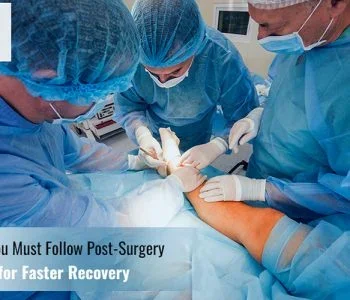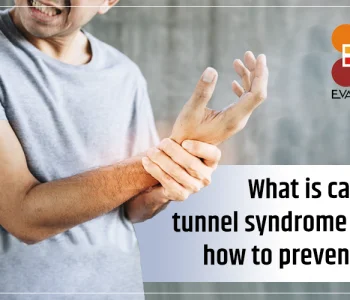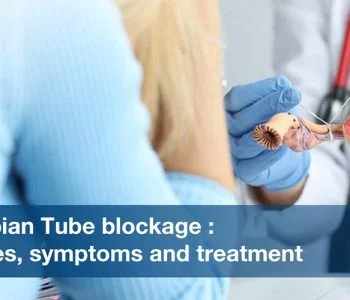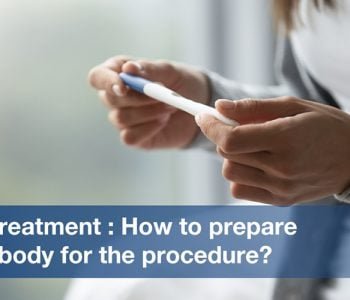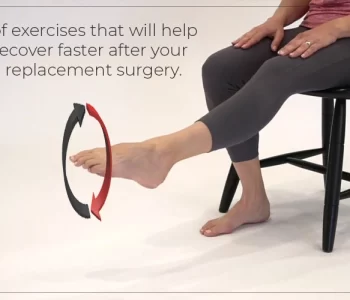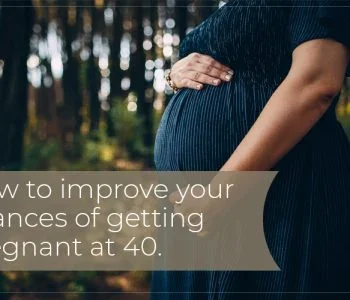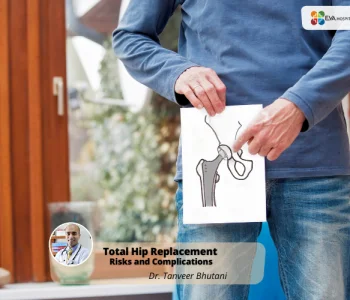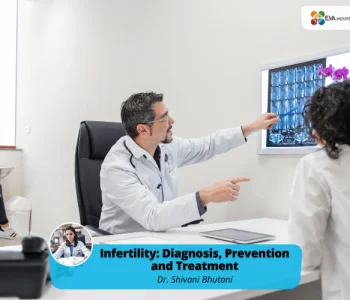What is an Ovarian Cyst Symptoms and Treatment?
 Eva Hospital
Eva Hospital
What is an Ovarian Cyst Symptoms and Treatment?
Have you been feeling unusual pressure, bloating, swelling, or pain in the lower abdomen? Has there been pain during the process of sexual intercourse? Are you worried about mild breast tenderness or inexplicable weight gain?
All these or any of the above may be the symptoms of cysts in the ovaries. Women have two ovaries on each side of the uterus where eggs (ova) develop and mature and are released in monthly cycles during the fertile years. During this process of ovulation, many women develop cysts.
Ovarian cysts form in or on the ovaries. Cysts are fluid-filled sacs or pockets (sacs) within or on the surface of the ovary and are mostly harmless.
They may not even cause any symptoms or problems. However ovarian cysts, especially those which have ruptured, can be potentially dangerous and can cause serious implications.
What are the Types of Cysts?
Usually, ovarian cysts grow as a part of ovulation when the normal monthly follicle keeps growing. These are called Functional Cysts. The best gynecologist in Punjab, Dr. Shivani Bhutani, EVA Hospital, says that functional cysts are usually harmless and benign (non-cancerous) and can disappear without any treatment. There are two types of functional cysts:
- Follicular Cysts
During the monthly menstrual cycle, when the ovaries release an egg, the egg grows inside a sac called follicle. As the egg matures, the follicle breaks open and releases the egg. When the follicle does not break open to release the egg but continues to grow, follicular cysts are formed. These are harmless and have no symptoms. They disappear in a span of one to three months gradually.
- Corpus Luteum Cyst
Once the follicle releases eggs, it is an empty follicle sac and starts producing estrogen and progesterone for further conception.
This empty mass of cells is called Corpus Luteum. Most corpus luteum gradually wanes itself after a few weeks. However, the trouble arises when the cysts grow big, sometimes as big as four inches wide, and can cause bleeding and pain in the ovary.
Functional cysts are considered to be part of the menstrual cycle and deemed harmless as they gradually disappear within two to three menstrual cycles.
There are other types of cysts that aren’t a process of the normal menstrual cycle:
- Cystadenomas
These sacs develop on the surface of the ovaries and are usually filled with watery or mucous substances. If cystadenomas enlarge unusually, they can cause the ovary to move out of position.
- Dermoid Cysts
Dermoid cysts form from cells present by birth (embryonic cells). They may not show any symptoms and are rarely cancerous. However, if dermoid cysts become large it may displace the shape and position of the ovaries.
- Endometriomas
As the name suggests, these sacs develop as a result of endometriosis. Endometriosis happens when the lining of the uterus grows outside the uterus. Some of the tissue attaches to the ovary and forms an external growth outside the uterus.
- Polycystic Ovary Syndrome (PCOS)
PCOS is a hormonal disorder with enlarged ovaries and small cysts on the surface of the ovaries. PCOS affects skin, hair, obesity adversely, and also hampers the menstrual cycle negatively. The reasons for PCOS can be genetic as well as environmental factors. Dr. Bhutani insists that the diagnosis and treatment of PCOS are essential in the early stages to reduce long-term medical complications.
Also, read what should be the diet and nutrition recommended for PCOS.
Are all Cysts Dangerous?
Cysts can be tiny or large and not all of them are cancerous. Usually, most of the cysts clear up without much intervention. Dr. Bhutani advocates that cysts that form post-menopause have a high chance of being cancerous.
If you suffer experience symptoms like pelvic pain, abdominal discomfort, and loss of appetite, trouble in urination, abnormal periods, or sudden abdominal pain, you must consult the best gynecologist near you and get the problem diagnosed.
Can I get Ovarian Cysts?
If you have started menopause, there are rare chances that you get cysts. However, women with regular periods are more susceptible to cysts.
Functional cysts- follicular cyst or corpus luteum cysts are formed every month and are not dangerous. However, when they become of a formidable size, they can cause problems and need treatment.
If you are a woman in the premenopausal stage, you must consult a reliable gynecologist when you experience the need to urinate more often, or pelvic pressure and pain and abnormal vaginal bleeding.
Do Ovarian Cysts Affect Pregnancy?
Ovarian cysts can be formed during pregnancy and are usually not harmful. The best gynecologist in Ludhiana, Dr. Shivani Bhutani insists that you must get the cysts checked during pregnancy. They can be risky and can cause problems during childbirth if they rupture or twist.
What is the treatment of Cysts?
You will be advised an ultrasound, blood test, and pelvic exam to get the cysts diagnosed. Functional cysts disappear themselves and do not need any treatment.
However larger cysts may have to be removed through surgery. The type of surgery depends on your age, the size of the cyst, how the cysts would appear on the ultrasound, and how the symptoms appear.
Your doctor may suggest watchful waiting to see if the cyst gets removed on its own. In some cases even medication like hormonal contraceptives to prevent the recurrence of ovarian cysts.
If the cyst continues to grow from the last two or three menstrual cycles and causes pain, surgery may be recommended. Usually, persistent cysts larger than 10 cm are considered for surgical removal. The following are the two types of surgeries that the doctor may recommend:
Laparoscopy
Laparoscopy is a minimally invasive technique. A small device is inserted through a small incision and the doctor uses this to examine the reproductive organs and pelvic cavity. The cyst can be removed through tiny incisions. This process involves a faster recovery than open surgeries.
Laparotomy
Laparotomy is a process more intense procedure than laparoscopy and is performed if the cyst is large and suspected to be cancerous.
The surgery uses a large cut in the abdomen to remove the cyst and the cyst is then taken to check if it is cancerous. Dr. Shivani says if the cyst is diagnosed cancerous the patient will be advised to remove the ovaries, uterus, and fallopian tubes and may further have to undergo chemotherapy or radiation therapy.
Last words
You get ovarian cysts each month with the menstrual cycle and they aren’t a cause of worry. But if the cysts prolong and grow in size and you experience painful symptoms, you must consult your doctor.
For the most genuine advice and consultation, contact the most experienced gynecologist, Dr. Shivani Bhutani, EVA Hospital, Ludhiana, and seek her opinion. Don’t let the cyst grow and become cancerous or rupture.
